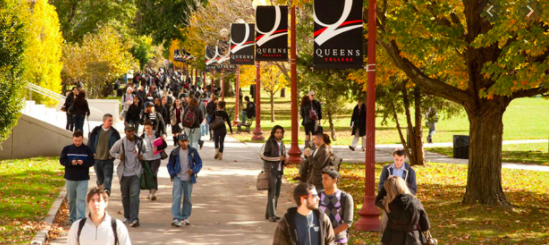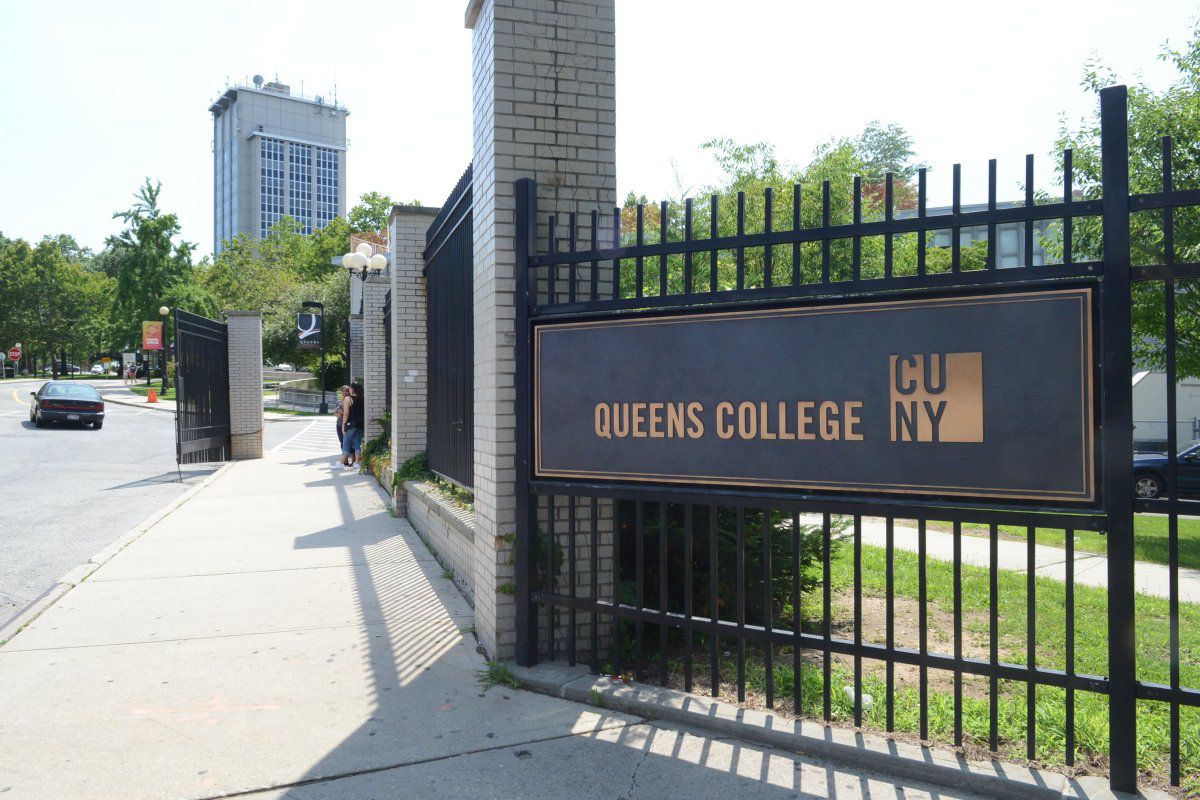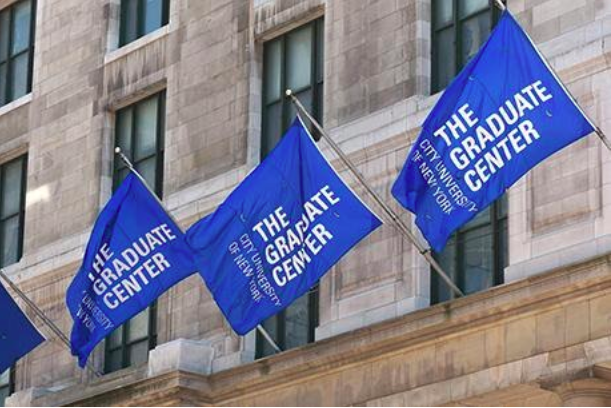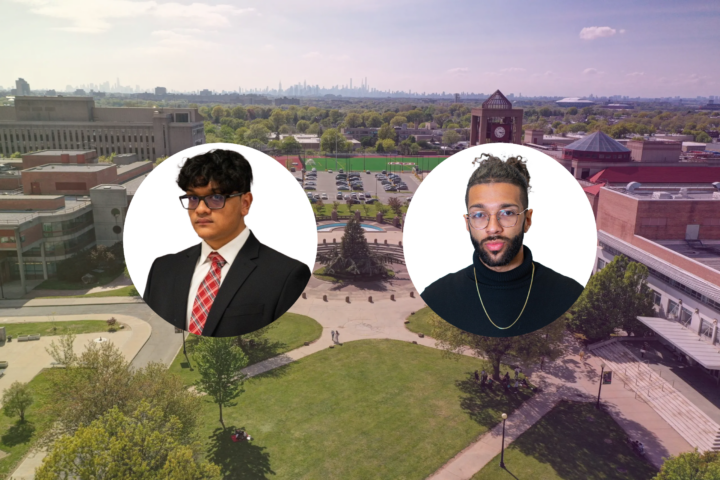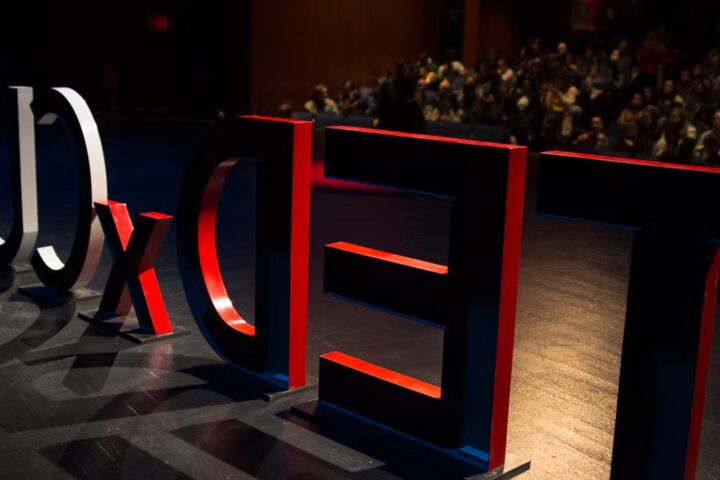In light of the national outcry against systemic racism it’s imperative we discuss the historical initiatives taken at QC to combat the issue, starting with recognition of the SEEK Program.
The Percy E. Sutton Search for Education, Elevation and Knowledge (SEEK) Program stands on the shoulders of political and progressive giants; notably Percy E Sutton, Shirley Chisholm, Basil Patterson, David Dinkins and Charles Rangel who seized the historical provisions of the Civil Rights Act of 1964 that banned segregation and the Higher Education Act of 1965 that allocated federal funds for financial assistance to low-income students.
“Currently the SEEK Program at Queens College has the most diverse group of students on the campus. Our current student demographics in the SEEK Program consist of Asian 42.6% Asian, LatinX 36.1%, African American 11.4% African American and 9.5% White. Compared to Queens College (Fall 2019) Student Population: White 31.1%, LatinX 22.4%, Asian 25.9% and 9.2% African American,” said Professor Norka Blackman, Director of the SEEK program.
Steven Gordillo, a senior drama major, discussed the barriers Black, Indigenous, and other people of color (BIPOC) face at QC: “I think that BIPOC students face economical barriers in the sense that most of these students have to work in order to study and if they don’t, they won’t be able to afford classes even with the help of their parents.”
Although this program has encouraged diversity amongst the student population, there is still much racial justice work to be done. Blackman comments, “It is a known fact that both students and staff who are POC have dealt with micro-aggressions and sometimes outright prejudiced and racist notions on campus. There are peers and colleagues who still harbor biased assumptions about intelligence, capability, and status. As a result, there is a need for critical work that will require us as a larger community to become culturally competent to interact with diversity.”
Soribel Genao, a professor of Education at QC, is part of the Black Latinx Faculty Staff Association (BLFSA). Genao explained the BLFSA’s purpose, explaining that it seeks to “foster a greater sense of community and mutual support among the Black, Latinx and other faculty and staff of color at Queens College through networking, organizing and supporting in an effort to provide a communal support system that will enhance the cultural, ethnic and intellectual diversity within the college.”
On the topic of diversity on campus, Genao claims that QC is “not a comforting place when it comes to diversity. You find your pot and you become the lid. You go where it feels most comfortable whether it’s because people aesthetically look like you or there’s an intellectual diversity where the capacity is there.” One can identify the different clubs that have their own culture to it and that’s where people find their place to fit in.
In terms of faculty, Genao wishes she had faculty that looked like her. “We don’t have enough faculty that resemble the population we are trying to bring in. QC used to do a much better job with hiring faculty and supporting the faulty that are going to support the students that look like them.”
Professor Simone Yearwood, an associate professor of Library studies, has mentioned to the Knight News in the past that the faculty of QC could be more diverse. “I believe the college can address this issue by making a commitment to recruit, hire, and retain BIPOC (Black Indigenous People of Color) faculty,” Yearwood commented.
However, professor Blackman assures that the SEEK program offers the “advantage of community”. She further adds stating, “ SEEK is a family and as such, we all have a place and a group of people that we can go back to after being “bruised” and receive support and encouragement to carry on.”
This is why programs like SEEK play a crucial role in garnering a diverse student body. The same could be said about the Mellon Mays Undergraduate Fellowship Program (MMUF), which was established in 1988 as a response to the shortage of racially diverse faculty in higher education. Mellon Mays accepts minority students and others who have a demonstrated commitment to eradicating racial disparities. Here’s to hoping these programs are just the beginning.
Blackman reflected on the current status of diversity at QC. “Today, I would not call it ‘torrid’ but more a terrible lack of “cultural awareness” which allows for a disengagement that may not always be intentional but still hurts and creates isolation,” Blackman comments.


